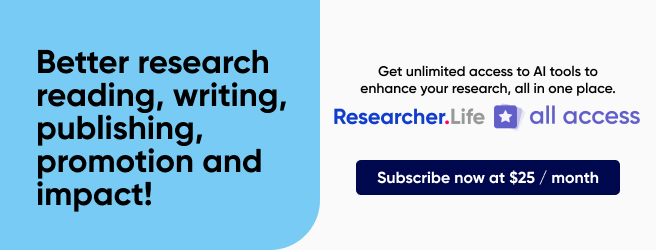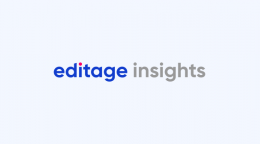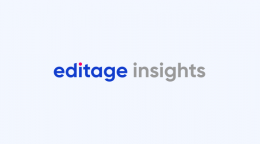Top 10 mistakes authors make---As compiled by a committee of journal editors

What are the most common mistakes authors make?
I will share the views of a committee of journal editors, who are also the compilers of the popular medical style guide, the AMA (Association of Medical Editors) Manual of Style. In a blog post, these editors have listed the top 10 problems they encounter in their submitted manuscripts.
Note that these are not reasons for rejection; if these issues are resolved, the papers may be published. But such mistakes can definitely contribute to unwarranted delays in the publication process. Here’s the list, starting with the most common problem.
1. Lack of adherence to the journal’s instructions for authors: According to the AMA committee, this is the number one problem they face: authors submitting queries that indicate that they haven’t read or followed the journal’s instructions for authors.
2. Inconsistencies in data: Often, figures given in text don’t match those in the tables/figures, or the numbers don’t add up.
3. Failure to protect patient identity: Medical case reports are often accompanied by photographs or text that might make the patient identifiable to the reader. As per publication ethics, this is inappropriate, and besides getting a consent form signed by the concerned patients, authors need to ensure that the patient cannot be identified in any way.
4. Duplicate submission: Authors are not allowed to submit the same manuscript, or even a part of it, to two journals at the same time. This applies even if the two journals involved are a local and an international journal with different target audiences. Duplicate publication is a breach of publication ethics, although many authors are not aware of this.
5. Errors in references: Missing references, listed references not matching the citations in text, and inappropriately formatted references are another common problem encountered in manuscripts. Missing and inaccurate references undermine the credibility of a paper.
6. Exaggerated conclusions: While it’s important for the conclusion section of a paper to pack a punch, editors find that papers often have exaggerated conclusions that are not entirely supported by the data.
7. Mistakes in punctuation and style: These include errors in punctuation and inconsistencies in the way abbreviations are designed. Although these are commonly encountered errors, they are not very grave and are usually fixed at the typesetting stage.
8. Hasty questions to the copyeditors: Authors often question changes made by the copyeditor without understanding the rationale behind these changes, which may be explained in the copyeditor’s cover letter sent along with the edited manuscript.
9. Unexplained footnotes: Authors sometime fail to explain things that are obvious to them, for example, that the data values shown in a table are rounded-off values. This information may not be obvious to the reader and should be stated in a footnote.
10. Missing or incomplete forms: Filling out forms regarding authorship, conflicts of interest, ethical board approval, etc., is an important part of the publication process. But authors find this step cumbersome and often submit incorrectly filled or incomplete forms. This leads to unnecessary back-and-forth between the editorial board and the authors, thus delaying the publication process.
So there you have it—the journal editors’ perspectives. It would be interesting to understand what you as authors feel about these errors. Please do share your comments.
Authors can avoid many of these mistakes by using PubSURE, an AI-driven platform that checks the submission readiness of manuscripts. PubSURE is a sister concern of Editage Insights.
Published on: Oct 16, 2013
Comments
You're looking to give wings to your academic career and publication journey. We like that!
Why don't we give you complete access! Create a free account and get unlimited access to all resources & a vibrant researcher community.

Subscribe to Journal Submission & Peer Review










